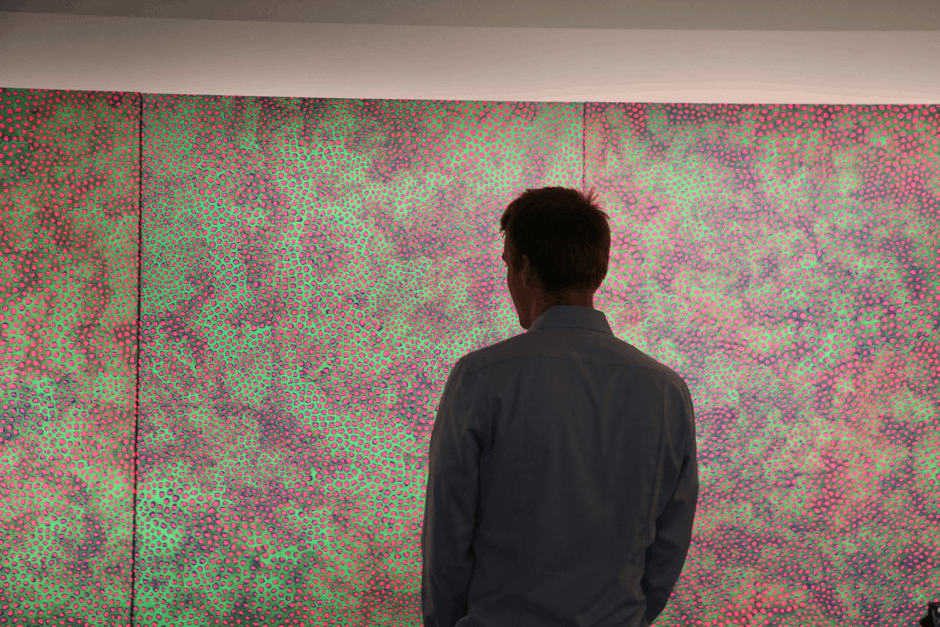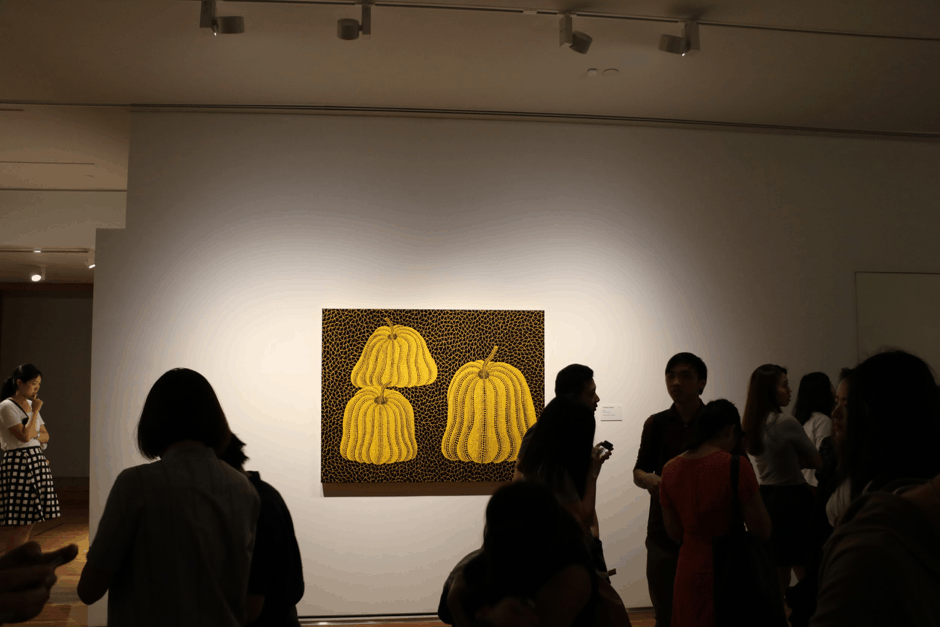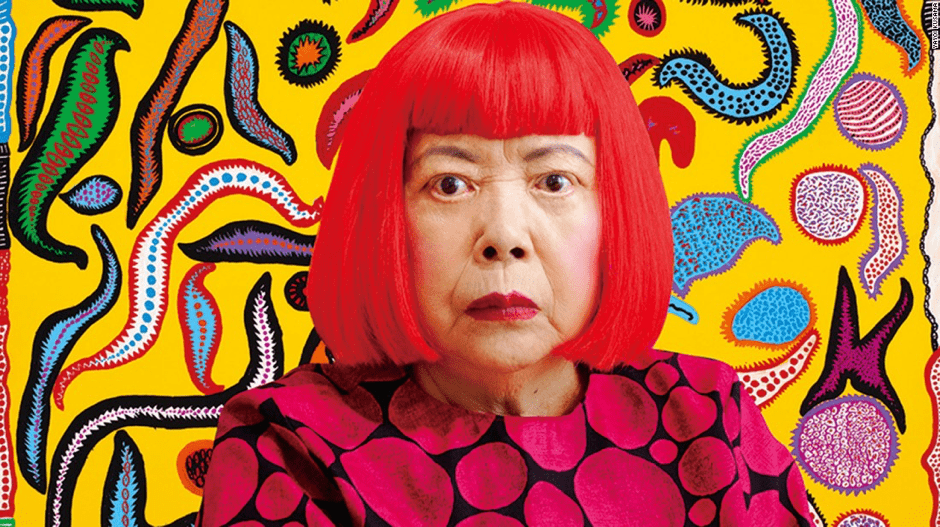Instagramming art is fine – but don’t let it become your personal prop.
Ever since Yayoi Kusama’s Life Is The Heart Of A Rainbow exhibition opened at the National Gallery of Singapore on 9 June, Singaporeans have been flocking there to enjoy the influential Japanese artist’s work.
Pictures of beautiful installations like the Infinity Mirrored Room and the “I Want To Love On The Festival Night” have been flooding my Instagram and Facebook feeds for the past month.
Each art piece provides a glimpse into Yayoi’s story, such as her aversion to sexuality, her struggles with hallucinations, and her personal views as an artist. Arguably, that’s what art aims to do – to tell an intimate message or a story.
In our society, social media is a way of life. It’s almost the norm to take photos at these exhibitions and to post them online afterward. That said, the art should definitely be the focus, and if every Instagram post brings another new visitor that is potentially inspired by Yayoi’s artwork, that is definitely a plus for artists everywhere.
By sharing her art to the world of social media, you are inviting the world to appreciate the blood, sweat and tears of an artist.
However, it gets disconcerting when the art takes a backstage for that perfect OOTD.
When Art Takes A Backstage
This issue was brought to light recently when a popular lifestyle publication, The Smart Local, published a sponsored advertorial showcasing how to take “artsy” photographs at Yayoi’s exhibition.
There were several netizens online who called them out for it.




The general consensus among the critics was that there was an evident lack of respect for the art by shifting the focus away from Yayoi’s work.
No doubt, the photographs taken were genuinely great. They were creative, unique and visually appealing. Also, to be fair, the writers tried to their best to provide a basic explanation for each installation.
Still, there are two uneasy things about the article.

For one, the art is relegated. In most of their photos, the key subject becomes the main focus, with the art installations merely used to provide an aesthetic background to enhance the image’s appeal.
True, there are artists out there – like Andy Warhol or John Heartfield – who meant for their art to be commodified, circulated and repurposed. However, Yayoi’s purpose is very much different.
To the 88-year-old, art provides a mean for her to work through her struggles, which come from her emotional trauma and the many hallucinations she faces each day. Explaining in an interview with TODAY, Yayoi said that by showcasing her art, she hopes to deliver a message of life, warmth and peace.
However, in most of the article’s images, Yayoi’s work is barely noticeable.
For example, an Instaworthy shot of Yayoi’s iconic “With All My Love For The Tulips, I Pray Forever” merely shows her iconic coloured polka dots as a blurred background in a depth of field shot. You can barely notice the massive visual patterns that convey the experiences she had undergone as a child.
Yayoi’s work becomes a visual tool, and the cultural and personal meaning that she had painstakingly packed into her work dissipates.
Secondly, the bottom of the article also clearly states that it was “brought to you by National Gallery of Singapore”, meaning it was an advertorial. Most likely, it was vetted by two parties – the editors at The Smart Local, and a communications team over at NGS.

This raises a concern – why is an art gallery sponsoring an article that shifts attention away from the visuality and meaning of the art, instead of highlighting it? Shouldn’t the focus be on the art-piece, the artist and their stories?
Understandably, awareness and publicity are important for any art exhibition, and their strategy was a pragmatic move. Marketing it as an instaworthy haven creates conversation and buzz. With the article, Singaporeans will probably be driven to go down for even a second time just to snap that perfect shot.
At What Cost?
However, while the exhibition’s attendance would probably rise, at what cost does it arrive? What would Yayoi Kusama prefer: People appreciating her art, or using her art? No doubt, there is a fine line when it comes to sharing a great piece of art, and getting as many likes as possible.
This issue also brings to light an incident in Germany, where tourists were berated for taking “artistic” and “fun” photos at the Berlin Holocaust Memorial.
Israeli-German writer Shahak Shapira took notice of this and began to photoshop their photos onto old images of World War 2 Concentration camps, before releasing them online.
To have them taken down, they would have to publish an apology online. It was aptly titled “The Yolocaust”.
While the context may be different, it does bear some similarities. Both were spaces that were meant for culture and meaning, but ended up being used just for aesthetics.
Social Media And Space
At the end of the day, this raises some thought-provoking questions on how we view social media and cultural spaces.

We live in a digital age, and we are practically habituated into posting photos on social media to document our lives. Social media can be a positive force for society, and there is nothing wrong with using it.
However, how, when, and in this case, where we use it can be tricky.
Yayoi’s art on its own is definitely visually appealing, and perhaps there is no crime is using her work for what it is. However, in the midst of all that, one cannot forget what the work represents.
Simply said, if you want to use the art, remember to respect it also.






















